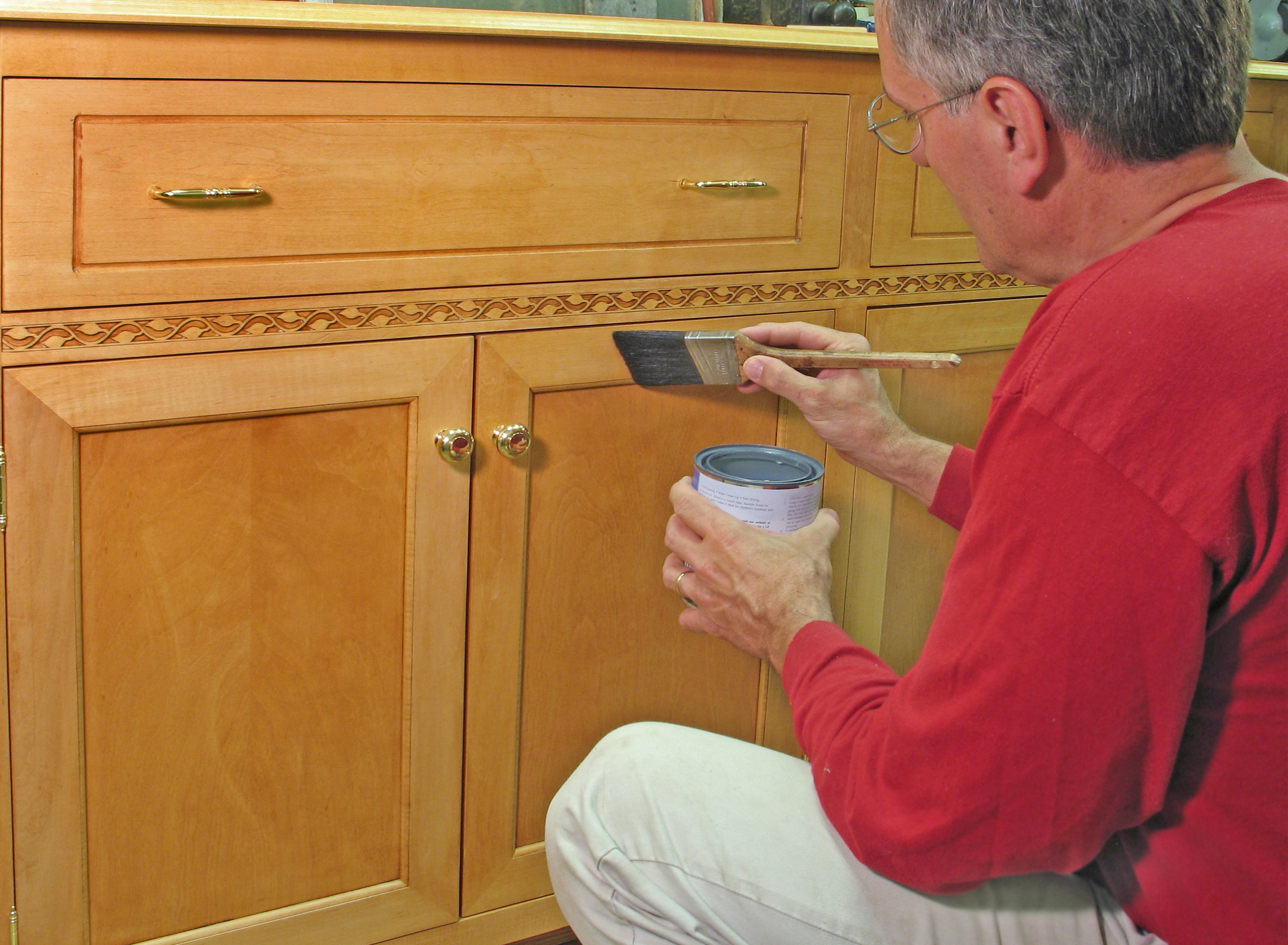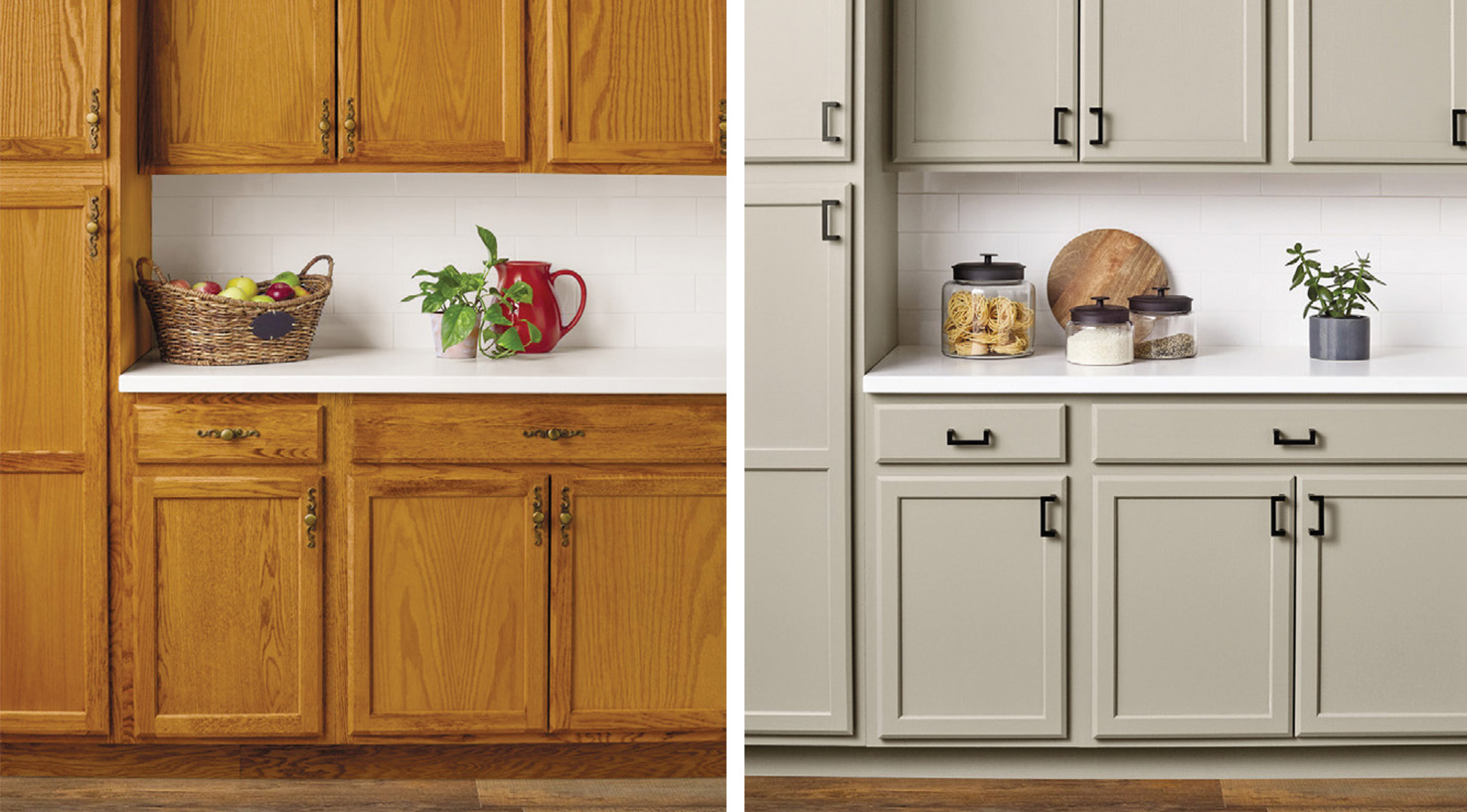Understanding the Market for Affinity Painting & Cabinet Refinishing

The market for affinity painting and cabinet refinishing services is experiencing steady growth, driven by homeowners’ increasing desire to enhance their property’s aesthetic appeal and value without undertaking full-scale renovations. This sector caters to a diverse clientele, each with specific needs and preferences influencing their choices.
Target Audience Demographics, Needs, and Preferences
The primary target audience comprises homeowners aged 35-65, with a higher-than-average disposable income. This demographic often prioritizes home improvement projects that increase their property’s value and curb appeal, making cabinet refinishing and painting a desirable investment. They are typically busy professionals or families who value convenience and efficiency, seeking services that minimize disruption to their daily lives. Their preferences often lean towards modern, sophisticated aesthetics, with a focus on durability and longevity. Additionally, environmentally conscious options, such as low-VOC paints, are increasingly favored. Younger homeowners (25-34) also represent a significant, albeit potentially less budget-conscious, segment, seeking to personalize their newly purchased homes with unique color schemes and finishes.
Pricing Strategies of Different Businesses
Pricing strategies vary widely among businesses offering these services. Some employ hourly rates, typically ranging from $50 to $100 per hour, depending on the project’s complexity and location. Others prefer to provide fixed-price quotes based on a detailed assessment of the scope of work. This approach offers greater transparency and predictability for the client. Finally, some businesses use a combination of both methods, offering hourly rates for smaller projects and fixed-price quotes for larger undertakings. The effectiveness of each model depends on factors such as the business’s overhead costs, market competition, and the perceived value of their services. For instance, fixed-price quotes are generally preferred by clients seeking cost certainty, while hourly rates offer greater flexibility for projects with evolving requirements.
Unique Marketing Approaches to Attract New Customers
Three unique marketing approaches can effectively attract new clients:
Affinity painting & cabinet refinishing – First, targeted social media campaigns on platforms like Instagram and Pinterest can showcase before-and-after photos of completed projects, highlighting the transformation achieved. This visual approach is particularly effective in capturing the attention of the target audience. The challenge lies in consistently producing high-quality content and managing online engagement effectively.
Second, strategic partnerships with interior designers and real estate agents can create referral networks, exposing the business to a wider audience of potential clients. This approach leverages existing relationships and trust within the industry. However, establishing and maintaining these partnerships requires effort and effective communication.
Third, hosting workshops or seminars on cabinet care and refinishing techniques can position the business as an expert in the field, building credibility and trust with potential clients. This interactive approach fosters personal connections and generates leads. The challenge is in organizing and promoting these events effectively to maximize attendance and engagement.
Comparison of Paint and Finishes for Cabinets
| Paint Type | Durability | Cost | Application Method |
|---|---|---|---|
| Latex | Good; relatively easy to clean | Moderate | Brush, roller, sprayer |
| Oil-based | Excellent; highly durable and resistant to scratches | High | Brush, roller |
| Acrylic Lacquer | Excellent; very hard and durable finish, resistant to moisture | High | Sprayer (professional application recommended) |
| Milk Paint | Moderate; requires a topcoat for durability | Moderate | Brush |
The Process of Affinity Painting & Cabinet Refinishing

Transforming your kitchen or furniture with a fresh coat of paint is a rewarding project, breathing new life into tired spaces. This process, while seemingly straightforward, requires careful attention to detail at each stage to achieve a professional, long-lasting finish. From surface preparation to the final protective layer, we’ll guide you through every step.
Cabinet Refinishing: A Step-by-Step Guide, Affinity painting & cabinet refinishing
Refinishing kitchen cabinets involves a methodical approach to ensure a flawless result. Proper preparation is key to achieving a durable and attractive finish that will stand the test of time. Each step builds upon the previous one, contributing to the overall quality of the final product.
- Surface Preparation: This crucial first step involves thoroughly cleaning the cabinets to remove grease, grime, and any loose paint or finish. A degreaser followed by a thorough rinsing is recommended. Any imperfections, such as chips or cracks, should be repaired with wood filler and sanded smooth. Finally, the entire surface should be sanded to create a smooth, even base for the primer. This ensures optimal adhesion and prevents the new finish from peeling or chipping.
- Priming: A high-quality primer is essential for creating a uniform surface and improving paint adhesion. It helps to seal the wood, preventing the absorption of paint and ensuring an even color throughout. Apply the primer according to the manufacturer’s instructions, using even strokes and allowing sufficient drying time between coats. Multiple thin coats are preferable to one thick coat.
- Painting: Once the primer is completely dry, it’s time for the paint! Choose a high-quality cabinet paint formulated for durability and ease of cleaning. Apply several thin coats, allowing each coat to dry completely before applying the next. This helps to prevent brushstrokes and ensures a smooth, even finish.
- Finishing: A topcoat is crucial for protecting the paint and enhancing its durability. A clear sealant or polyurethane will protect the paint from scratches, moisture, and everyday wear and tear. Apply the topcoat according to the manufacturer’s instructions, allowing sufficient drying time between coats.
Painting Techniques: Brush, Spray, and Roll
Different painting techniques offer unique advantages and disadvantages. The best choice depends on factors such as the size of the project, the desired finish, and your skill level.
- Brush Painting: Offers excellent control and precision, ideal for detailed work and smaller projects. However, it can be more time-consuming and may leave brushstrokes visible if not applied carefully.
- Spray Painting: Provides a smooth, even finish, particularly efficient for large projects. However, it requires specialized equipment and proper ventilation to avoid inhaling harmful fumes. Overspray can also be a concern, requiring careful masking.
- Roll Painting: A good compromise between brush and spray painting, offering a relatively smooth finish with less mess than spraying. It’s efficient for larger surfaces but may leave a slightly textured finish compared to spraying.
Ideal Workspace Setup for Cabinet Refinishing
A well-organized workspace is essential for efficient and effective cabinet refinishing. This setup minimizes clutter, improves workflow, and ensures a professional finish.
Imagine a well-ventilated area, preferably a garage or a dedicated workshop. A large, flat surface, such as a workbench or several sawhorses covered with drop cloths, provides ample space for the cabinets. Essential tools include: sandpaper (various grits), sanding block, tack cloth, paintbrushes or rollers, spray gun (optional), drop cloths, paint trays, primer, paint, sealant, safety glasses, respirator mask, and cleaning supplies. Good lighting is crucial for identifying imperfections and ensuring even paint application. The workspace should also allow for easy access to all materials and tools, minimizing wasted time and effort.
Achieving a Distressed or Antique Finish on Furniture
Creating a distressed or antique finish adds character and charm to furniture. This technique involves a multi-step process that requires patience and attention to detail.
- Base Coat Application: Apply a base coat of paint in a color that complements the desired distressed look. Allow the paint to dry completely.
- Distressing Technique: Using sandpaper (various grits), carefully sand away portions of the base coat to reveal underlying wood or previous layers of paint. Focus on edges, corners, and high-traffic areas to create a realistic worn appearance. The degree of distressing should align with the desired level of antiquity.
- Top Coat Application: Apply a top coat of paint or glaze in a contrasting color. This can be a lighter shade to highlight the distressed areas or a darker shade to create a more dramatic effect. Allow it to dry.
- Waxing (Optional): Apply a clear or tinted wax to protect the finish and add depth. Buff the wax to a high shine for a polished antique look, or leave it slightly matte for a more rustic appearance.
Business Aspects of Affinity Painting & Cabinet Refinishing

Navigating the world of small business, particularly in a specialized trade like affinity painting and cabinet refinishing, requires a keen understanding of market dynamics and a proactive approach to business management. Success hinges on overcoming challenges, building a strong brand presence, and cultivating lasting client relationships.
Key Challenges and Solutions
The unique nature of affinity painting and cabinet refinishing presents specific hurdles. Three prominent challenges include securing consistent work, managing project costs effectively, and maintaining a high level of quality while meeting deadlines.
- Challenge: Securing Consistent Work. Seasonal fluctuations and competition from larger firms can lead to inconsistent workloads. Solution: Diversify service offerings (e.g., offering both painting and refinishing, expanding to related services like wallpaper removal or minor carpentry repairs), develop strategic partnerships with interior designers or real estate agents, and proactively market services through targeted advertising campaigns. Building a strong referral network is also crucial.
- Challenge: Managing Project Costs Effectively. Accurate cost estimation is vital, but unforeseen issues (e.g., extensive wood rot, unexpected paint complexities) can inflate expenses. Solution: Implement a detailed quoting process that includes thorough on-site assessments and contingency planning. Employ robust project management software to track expenses, materials, and labor hours. Open communication with clients about potential cost increases due to unforeseen circumstances is also essential.
- Challenge: Maintaining High Quality While Meeting Deadlines. Balancing quality workmanship with timely project completion can be difficult, particularly during peak seasons. Solution: Invest in high-quality tools and materials. Develop efficient work processes and utilize project management techniques to optimize workflow. Clearly communicate project timelines with clients and proactively address any potential delays.
Building a Strong Online Presence
In today’s digital age, a robust online presence is non-negotiable. A well-designed website showcasing your portfolio, testimonials, and service offerings is paramount. Effective online marketing strategies are essential for attracting new clients and building brand awareness.
- Website Optimization: Ensure your website is mobile-friendly, easy to navigate, and includes high-quality images of completed projects. Optimize website content for relevant s (e.g., “cabinet refinishing [your city]”, “custom painting services”).
- Social Media Marketing: Utilize platforms like Instagram and Facebook to showcase your work, engage with potential clients, and run targeted advertising campaigns. High-quality photos and videos of before-and-after projects are particularly effective.
- Local : Optimize your Google My Business profile to ensure your business appears prominently in local search results. Encourage clients to leave positive reviews on Google, Yelp, and other relevant platforms.
- Paid Advertising: Consider using paid advertising platforms like Google Ads or social media advertising to reach a wider audience and target specific demographics.
Customer Service and Relationship Building
Exceptional customer service is a cornerstone of success in this industry. Building strong relationships with clients fosters repeat business and generates valuable referrals.
- Proactive Communication: Maintain open and consistent communication throughout the project lifecycle. Provide regular updates, address client concerns promptly, and actively solicit feedback.
- Personalized Service: Treat each client individually, understanding their specific needs and preferences. Take the time to listen carefully and offer tailored solutions.
- Post-Project Follow-up: Follow up with clients after project completion to ensure their satisfaction. Request feedback and address any remaining concerns. A simple thank-you note or email can go a long way in building positive relationships.
- Warranty and Guarantees: Offer a warranty or guarantee on your work to demonstrate confidence in your skills and commitment to client satisfaction. This can significantly enhance client trust and build long-term relationships.
Rewritten Cabinet Refinishing Article
[Insert rewritten article text here. The rewritten text should be free of AI-sounding phrases and written in a clear, concise, and engaging style. It should maintain the original content’s factual accuracy but present the information in a more human and personable way. For example, replace phrases like “the process involves” with more active verbs like “We begin by” or “Our team meticulously…” ]
